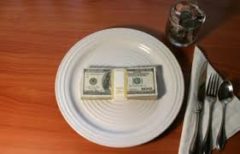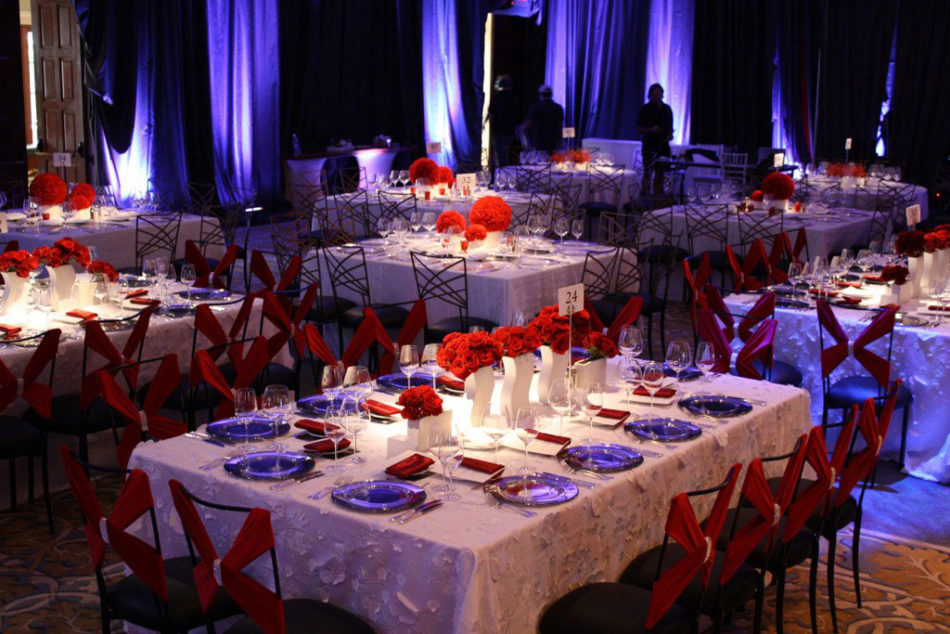 We just passed through a major event season. Because of that, Richard and I have been asked by a number of development professionals about how you turn an event donor who gives a major gift into an actual major donor who is inspired by your mission.
We just passed through a major event season. Because of that, Richard and I have been asked by a number of development professionals about how you turn an event donor who gives a major gift into an actual major donor who is inspired by your mission.
The answer is that it’s almost impossible.
If you HAVE to do an event (and we strongly encourage you not to), make sure you go into it knowing that most people are not motivated to give because they love your mission… at best, it’s a transaction.
Richard and I have written a white paper about how major events and major gifts go together; today I want to focus specifically on one type of event donor who gives a significant gift.
Many people of great wealth who donate at events typically give because a friend (a major donor to your organization) invited them there and they feel obligated to give. The friend gave to an event and asked this person to come along, so it’s some kind of payback.
Unfortunately, there is a ton of pressure from leaders and managers to have their major gift officers chase this type of donor. We implore you to stop doing this. Your major gift officer has a caseload of (hopefully) qualified donors, and she already has precious little time to cultivate and steward them. Let your major gift officer focus on them. (Tweet it!)
Instead, we advocate that you assign your event major gift strategy to the Executive Director, Development Director or specific board members – with the Development Director taking the lead on coordinating the overall strategy.
Here’s one key element of any type of event that many non-profits need, but fail to create: emotional moments that highlight what your mission is all about. If you can start with the objective that there would be no dry eye at the end of the event, you could call the event a successful strategy. I cannot stress this enough. Through storytelling, visuals, and music, you take a rapt audience and turn them into believers in your organization. This is your best chance to convert a major transactional giver into a major donor who falls in love with your mission.
So let’s break down what we suggest your strategy should be:
- Pre-event strategy — Many of your major donors will invite their friends and family to the event after buying a table. Encourage your major donors to send you the names and contact information of all the people invited to their table. Prior to the event, send those folks a personal note telling them how excited you are about their attendance, and give them information about the mission of the organization. It would be great if you had an emotional story that you were able to carry into the event. For example, if you are honoring someone at the event, a story about that person and how she is connected to the work you do would be great.
- At the event — Assign a board member or staff member (not an MGO, and preferably the Executive Director or CEO) to introduce herself personally to each table. Since these folks will have high capacity, develop a strategy in advance to try to set up a follow-up meeting if possible. Spend time doing research on these attendees, and use that information in your discussions. People will be impressed that you took time to find out who they are.
- Post-event — Send a thank you note within 24 hours after the event, from the person who made the connection. Two to three days later, make a follow-up call to see if you can set up a meeting to talk about the experience of the person who made the major gift. See if you could sit down with him to tell him more about the impact his gift is going to make.
If you follow these actions, you have the best possible chance to convert a few of these major gift transaction donors into real major donors. Remember, I said a few. If 100 of these folks attend your event, and five of them actually want to relate to you on a more personal level and want to go beyond their event experience with you… you can call it a success.
Jeff
This post was originally published on April 19, 2017.




0 Comments